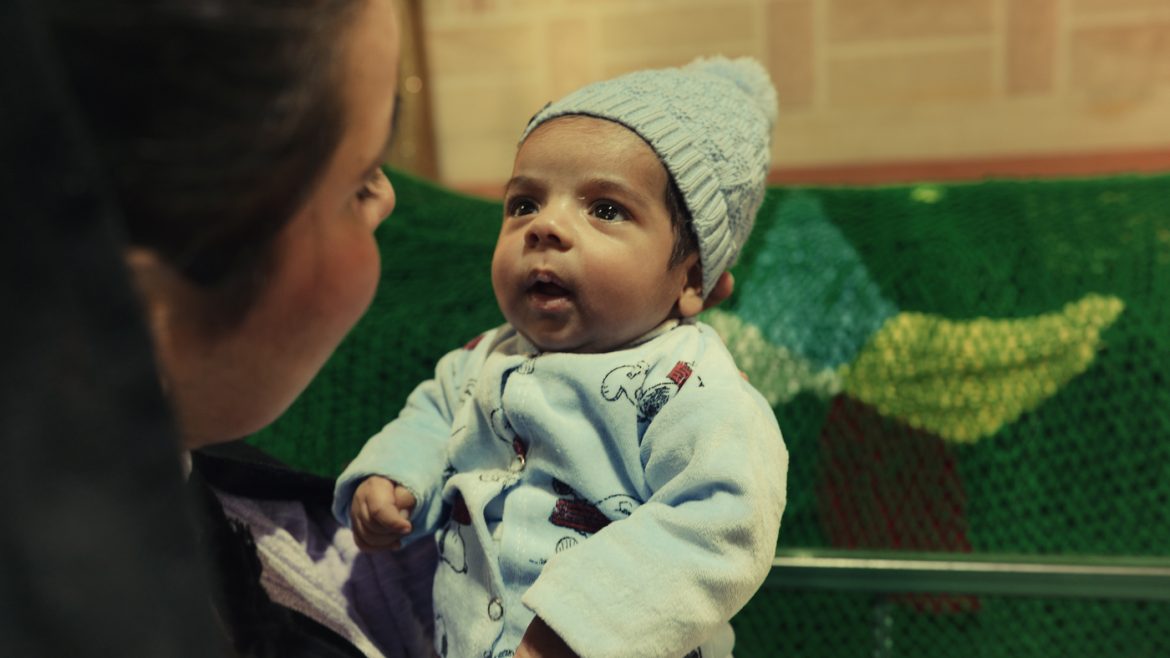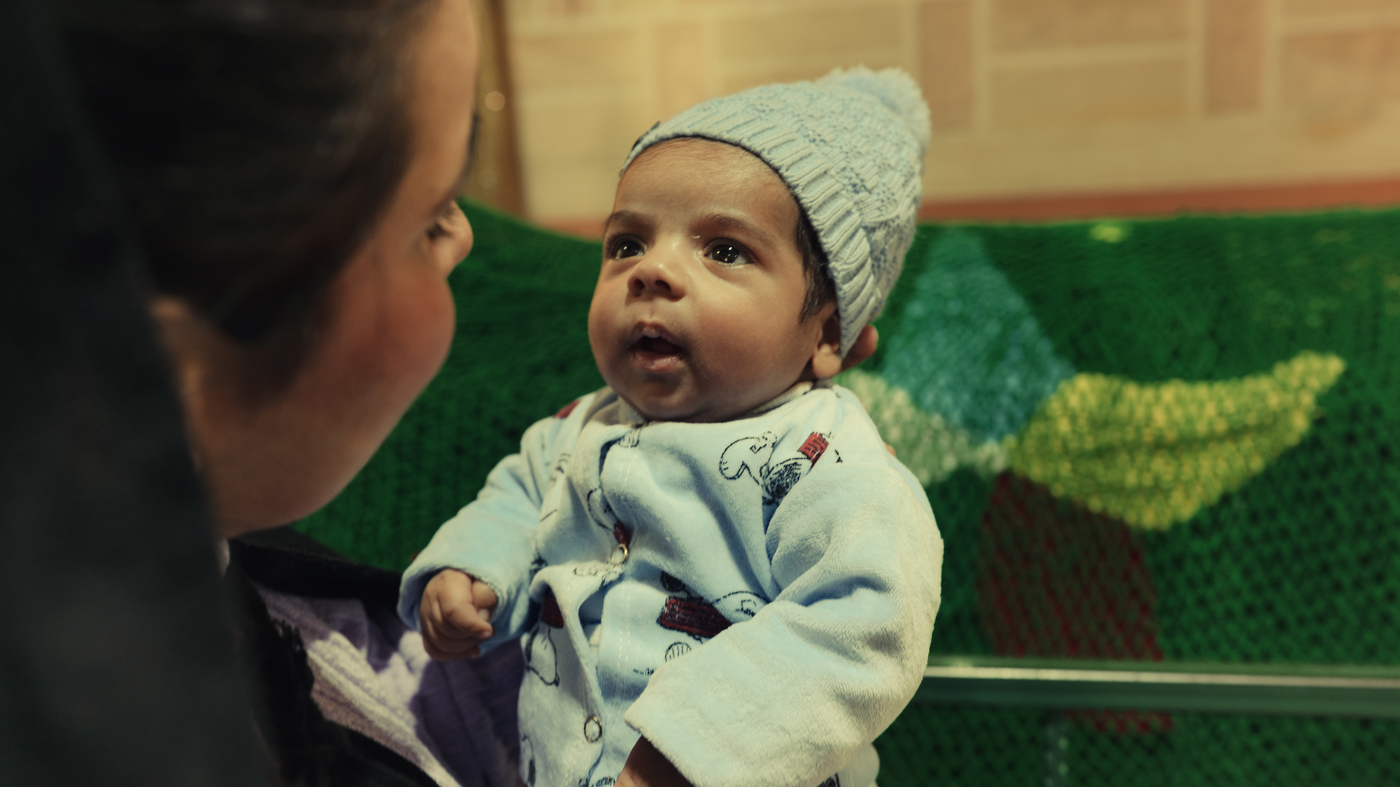Analyzing the Religious Landscape of Syria: A Complex Tapestry of Faith, Identity, and Conflict
Introduction: Unraveling Syria’s Religious Diversity in Times of Turmoil
Syria’s contemporary history is inextricably linked to a rich mosaic of religious communities that have coexisted for centuries amid periods of harmony and conflict. As the nation emerges from the shadows of civil war and authoritarian rule, understanding its religious groups—ranging from major Muslim sects to minority communities like the Druze and Christians—is crucial to grasping the country’s political dynamics, social fabric, and ongoing struggles. This analysis delves into Syria’s diverse religious landscape, its historical roots, the impact of recent conflicts, and the prospects shaping its future under changing governance.
The Historical Roots and Demography of Syria’s Religious Communities
Syria’s religious fabric is an intricate weave of longstanding traditions and demographic shifts. Historically, the country was a hub of Eastern Orthodox Christianity before the Muslim conquests in 634 CE, which introduced Islam as the dominant faith. Today, Christianity remains a vital minority, comprising approximately 10% of the population, with wealthy and educated communities maintaining deep roots through numerous monasteries across the land. Despite the constitution’s stipulation that the presidency must be held by a Muslim, Syria does not recognize a state religion, reflecting a nuanced religious reality that has persisted through centuries.
Islamic Diversity: Sunni, Shia, and the Alawite
Islam, representing roughly three-quarters of the population, is far from monolithic in Syria. Sunni Muslims constitute the majority within this faith community, while Shia Muslims form a smaller but politically influential minority—comprising groups such as Twelver and Isma’ili Shias. Among Shia Muslims, the Alawites are particularly significant; they account for approximately 10% of Syrians and have historically wielded considerable political power, especially since the Assad family’s rule. The Alawite community’s alignment with the state has often resulted in their political dominance, despite their status as a minority, creating a complex dynamic within the broader Sunni majority.
Minority Religions and the Druze: Guardians of Unique Faiths
The Druze community, making up about 3% of the population, stands out for its distinct religious beliefs that blend elements of Islam, Christianity, and other philosophies, with a strong emphasis on reincarnation and secret doctrines. In Syria’s south, near the border with Israel, the Druze have maintained a fragile coexistence with neighboring populations. Their loyalty tends to be regionally and community-based, and they have often refrained from participating fully in the political upheavals, such as refusing to join the Syrian National Army during post-Assad restructuring efforts. The Druze’s strategic geographical position—spread across the Golan Heights and northern regions—places them at the crossroads of Syrian, Israeli, and regional geopolitics.
Christianity in Syria: A Wealth of Heritage and Resilience
Christian communities in Syria are among the country’s oldest inhabitants, with a presence dating back to early Christianity and a vibrant history of monasteries and churches. Although their population has diminished due to civil war and persecution, they still comprise about 10% of Syrians. Syrian Christians tend to be wealthier and more educated than other groups, often functioning as cultural and economic anchors. They face ongoing threats, including sectarian violence and potential attacks, especially in regions like Aleppo. The Christian community’s legacy is visibly represented by historic monasteries and churches, which serve as symbols of resilience amid ongoing conflict.
Sectarianism and Political Identity: The Conflict’s Deepening Effect
The Syrian civil war has profoundly transformed the nation’s religious identities into political markers. The regime of Bashar al-Assad drew considerable support from the Alawite minority and its allies, including Shia groups, shaping a sectarian dimension that exacerbated divisions. As conflicts intensified, communities like the Alawites and Christians often found themselves targeted or manipulated along sectarian lines, with violence against Alawites emerging in regions where rebels accused them of loyalty to Assad. Such violence—including massacres and displacement—has deepened mistrust among communities and perpetuated the cycle of sectarian hostility.
The politicization of religion has led to a phenomenon in which religious identity becomes intertwined with political allegiance. Some groups now view their faith not just as spiritual belief but as a marker of political loyalty or opposition, thus fueling further division. The rise of ultra-conservative Islamist factions and debates over Islam’s role in governance have added complexity to Syria’s religious politics, especially as some factions advocate for an Islamist state, while others prefer a more moderate or secular approach.
The Role of Minority Communities in Syria’s Political Future
Amid chaos and uncertainty, minority groups like the Druze and Christians are navigating their positions carefully. The Druze, for instance, have shown resilience and a desire to maintain their distinct cultural and religious identity. Their strategic geographical location and their cautious approach toward the new government highlight their intent to safeguard their community’s interests while avoiding sectarian confrontation.
Similarly, Christian communities tend to emphasize their historical presence and often advocate for religious tolerance and coexistence. Many Syrian Christians are wary of radical Islamism and seek stability, although their diminished numbers and economic influence make them vulnerable to further displacement. The burden rests on the future governance structures to recognize and incorporate these diverse communities into the rebuilding process, ensuring protective measures that respect religious rights and prevent sectarian marginalization.
The Future Pathways: Challenges and Opportunities
Syria’s path forward remains uncertain, with many challenges rooted in its religious diversity and historical grievances. Recent developments, including the announced removal of U.S. sanctions, aim to stabilize the economy and reintegrate different factions into a cohesive state apparatus. However, the legacy of sectarian violence, the politicization of religion, and regional influence pose significant hurdles to achieving national reconciliation.
The possibility of Syria establishing a political system that respects religious pluralism, while balancing security concerns, is critical. It requires fostering dialogue among communities, promoting inclusive governance, and dismantling sectarian narratives that have fueled conflict. Some analysts suggest that Syria may adopt a model similar to the “state Muslimness” concept—emphasizing a shared national identity over sectarian divides—yet the reality hinges on the willingness of political leadership to craft policies that recognize minority rights and mitigate sectarian tensions.
The Significance of Religious Diversity in Shaping Syria’s Identity
Syria’s rich religious landscape is more than a demographic characteristic; it is a reflection of its history, resilience, and ongoing struggles for unity. Recognizing and respecting this diversity is crucial for achieving peace and stability. The enduring presence of faith communities such as the Christians, Druze, Alawites, and various Muslim sects demonstrates the resilience of cultural identities against the backdrop of war and upheaval.
The Role of External Influences and Regional Players
External actors, including regional powers like Israel and Turkey, exert influence over Syria’s religious communities. For instance, Israel’s claims to protect the Druze in the Golan Heights, coupled with its military strikes, reflect strategic and sectarian considerations. Turkey’s backing of certain opposition groups impacts religious and political dynamics, especially concerning Sunni and Islamist factions. These external interests often exacerbate internal divisions, complicating efforts to forge an inclusive national identity.
Conclusion: Toward a Unified Yet Pluralistic Syria
Syria’s complex religious tapestry presents both a source of resilience and vulnerability. Its communities, historical sites, and traditions form an essential element of national identity that must be preserved amid ongoing conflict. The challenge lies in transforming a landscape scarred by sectarian violence and politicized faith into a society that celebrates its religious diversity as a foundation for unity.
Moving forward, the hope is for Syria to evolve into a state where religious communities are not just tolerated but are active participants in nation-building. This requires inclusive governance, respect for minority rights, and concerted efforts to heal from the scars of sectarian strife. Only by embracing its diverse spiritual landscape can Syria hope to forge a sustainable and peaceful future—one that recognizes the strength derived from its pluralism rather than succumbing to division.


